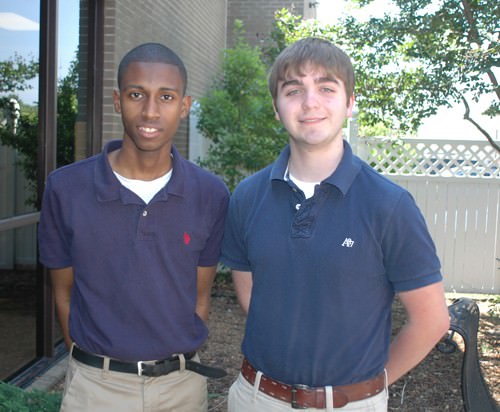


(Edmund Metatawabin collection/Algoma University)The majority of residential school students died of diseases like tuberculosis. Anne's Indian Residential School in Fort Albany, Ont. "She's not too healthy now, but she was saying the last thing she wanted to do before she goes away is to find her brother," Williams said.īoys in a classroom circa 1945 at St. Gary Williams's aunt attended the Kamloops Indian Residential School in British Columbia with her brother who died there, but the family was never told where he was buried. "It is a time-consuming effort, but I think at the end of the day we will probably be able to do that for most of the children and ensure that our search of the records also will tell us whether the families were ever informed and what the families were told," said Sinclair. The TRC's Missing Children Project has been working since 2008 to try to determine the number of children who went missing or died in residential schools across Canada. The church-run and government-supported schools operated under a deliberate policy of "civilizing" aboriginal children. It's important because families from different communities up north have called me and wanted to find out where their loved one was and we don't know where they are."Īpproximately 150,000 children attended residential schools in Canada from the 1870s until the mid 1990s. "We don't know anything about them, we don't know the names. He hopes the list of names supplied by B.C.'s coroner and vital statistics department may eventually identify some of the children in unmarked graves located close to Coqualeetza residential school. Sonny McHalsie is a researcher for the Sto :lo First Nation near Chilliwack. (CBC)"What we need to do is we need to take those names and cross reference them to the list of students who were in the various residential schools during that period of time to see if we can start matching names," said TRC chair Justice Murray Sinclair.

A young girl prays at her bedside in a residential school.


 0 kommentar(er)
0 kommentar(er)
